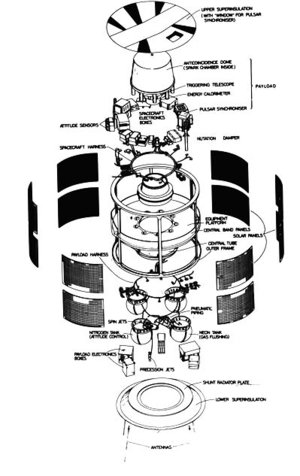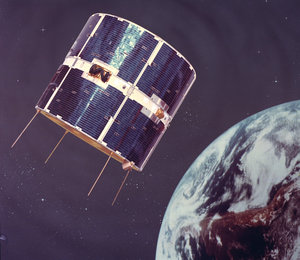
Agency
Cos B. Satellite Programme
The first ESA satellite, the COS-B gamma ray astronomy satellite, is due to be launched by Delta from Vandenburg on August 9th, 1975. Its mission will be to spend 2 years studying the unexplained gamma bursts detected by earlier US satellites. [Note: COS-B was not actually shut down until April 26th 1982, after 80 months and over 1000 revolutions, by which time it had provided a complete survey of the galactic disc.]
This film provides detailed cleanroom footage of the construction of the COS-B satellite at ESRO/CERS headquarters, followed by coverage of the calibration of the payload on a stratospheric helium balloon [October 1973] at the US National Scientific Balloon facility based in Palestine, Texas.
Not available






